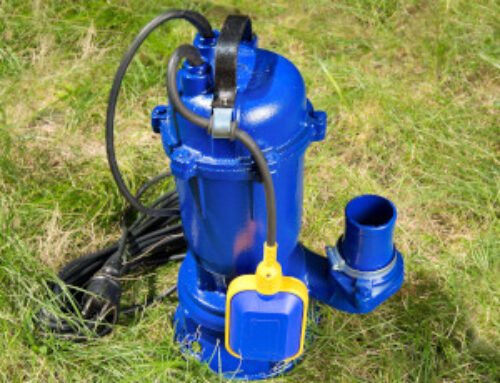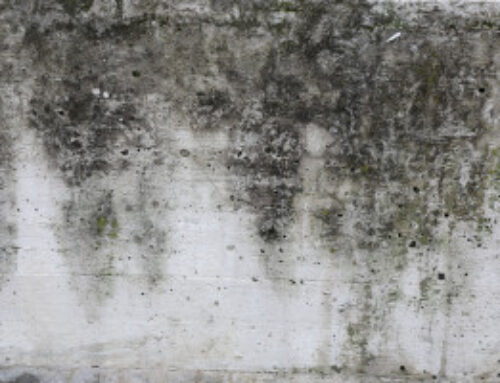If remodeling your basement into additional living space is the next DIY project on your list, you’ll want to make sure you don’t overlook anything. Your basement serves as your home’s foundation and provides access to important home functions (electrical, plumbing, etc.).
Follow this list of 8 things to do before finishing your basement to ensure you don’t overlook anything important that could result in damage to your home’s foundation.
1. Check for Moisture Issues
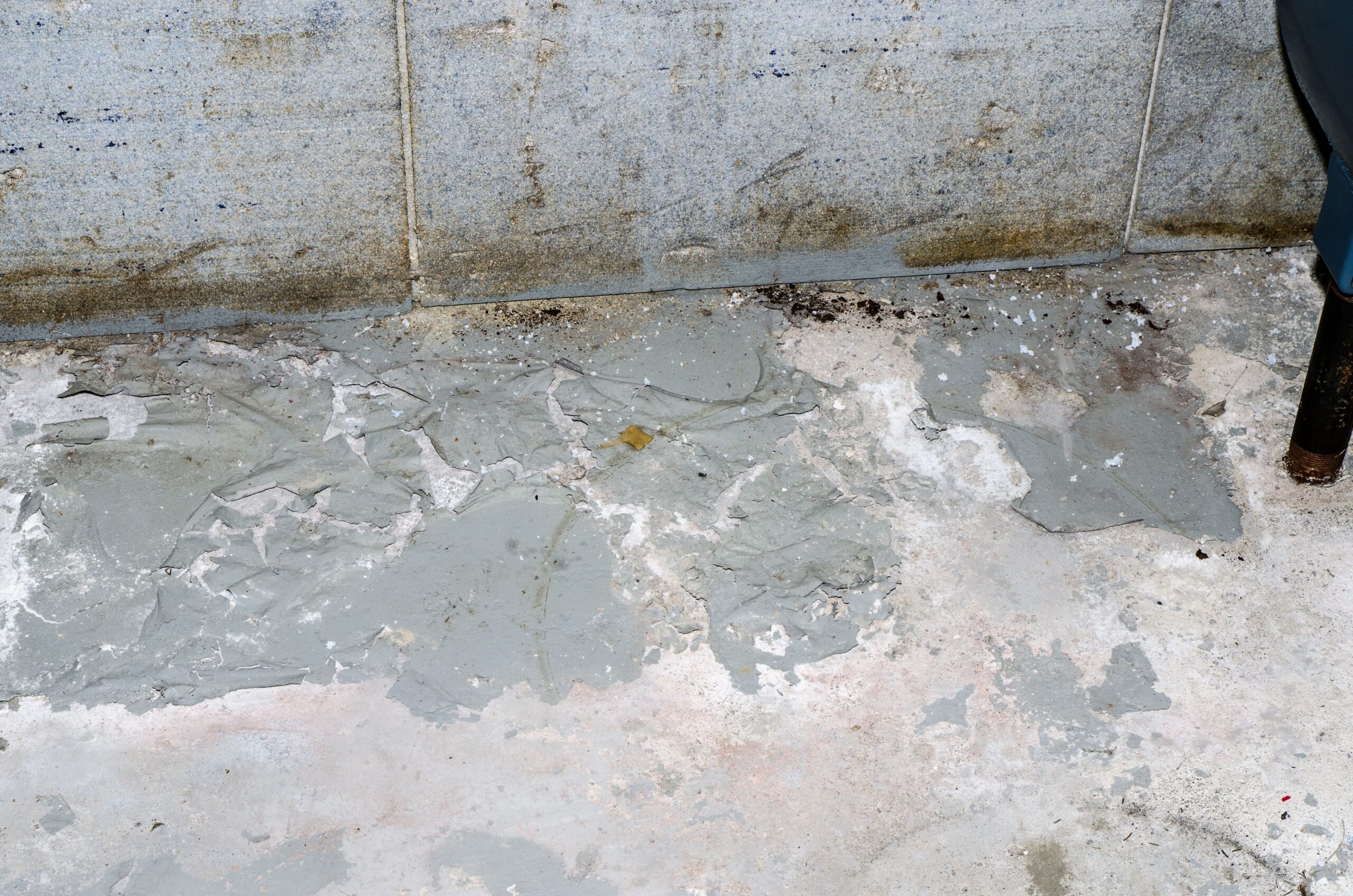
Moisture is an important topic on this list of 8 things to do before finishing your basement. That’s because moisture will erode your basement walls over time and cause significant foundation damage. You’ll want to identify moisture problems before renovating your basement to avoid invasive repairs in the future.
It might seem like a simple matter to look for basement moisture, but some problem areas are more difficult to spot. Especially if the outdoor climate is dry, you might not see standing water or damp walls.
In that case, look for efflorescence or chalky, white residue. Once water evaporates, the minerals in the water leave that residue behind.
2. Take a Look at the Health of Your Foundation
While you should schedule a foundation inspection every 10 years, you don’t necessarily need a professional to spot some signs of a problem. Depending on the severity of your problem, foundation damage can affect the home’s structure. In that case, you’ll notice the following issues throughout your home:
- Cracks where intersecting walls meet
- Windows that don’t close properly
- Uneven floors
- Gaps between the flooring and walls
- Increased indoor condensation
You’ll find more signs that you need foundation repair when you inspect your basement. Cracked basement walls, leaking or moist walls, or an uneven basement floor are more signs of a problem.
3. Install Appropriate Drainage Solutions
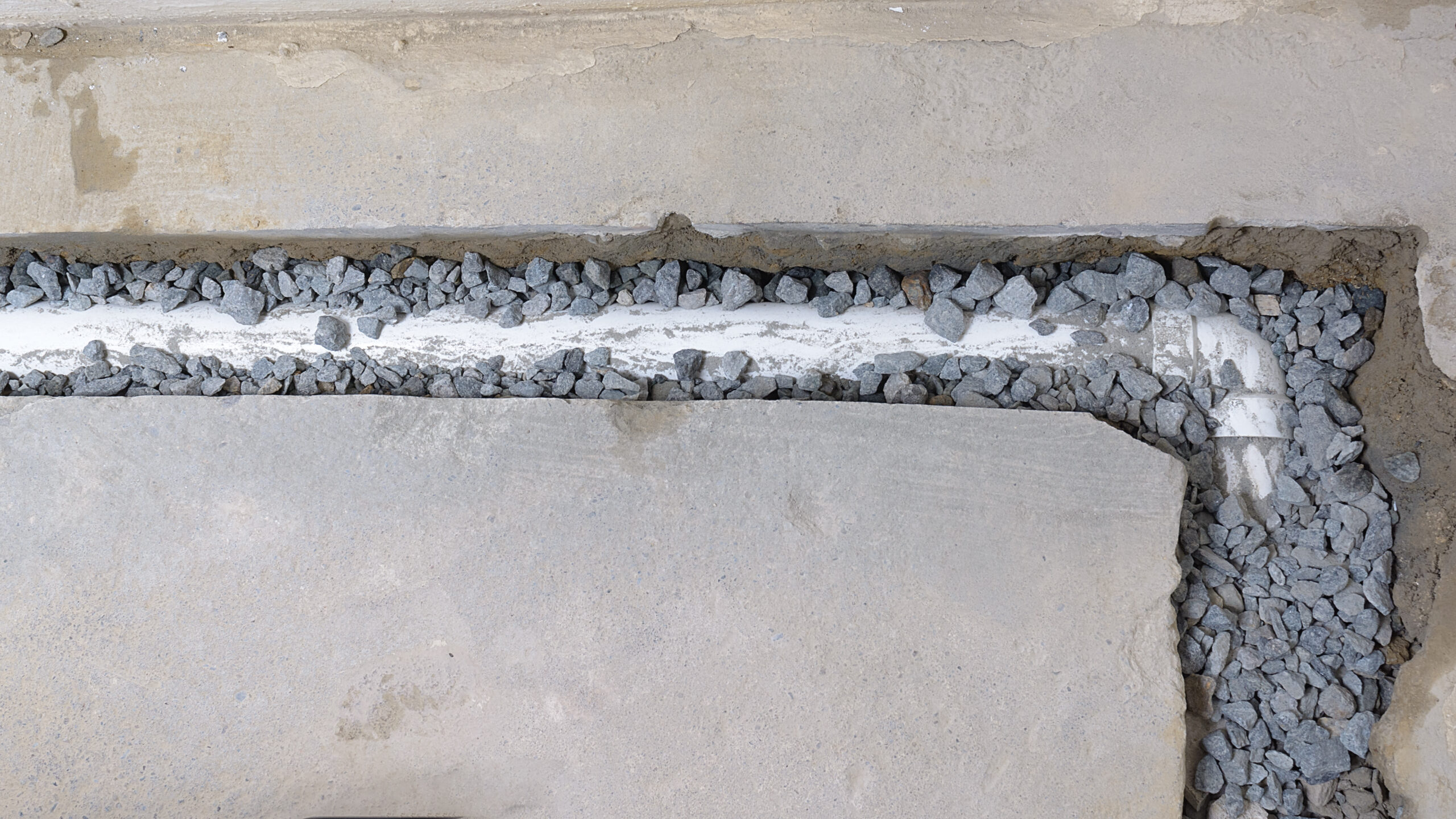
Most people undertake home renovations in the spring or summer when the outdoor climate is pleasant and dry. That can pose a problem as you run through this list of 8 things to do before finishing your basement. When there isn’t sufficient rainfall, you won’t be able to see how your basement handles excess water.
The safest course of action is to assume your basement could flood during the rainy season.
To combat a flooding problem, install interior drain tiles or French drains before remodeling your basement. These systems carry water through a drainage pipe to divert it away from your basement and foundation.
You can cover the drainage system with gravel or crushed stone. Alternatively, cover the drain pipe with flooring to keep it hidden from view.
4. Check Your Humidity Levels and Ventilation
In addition to moisture, humidity plays an important role in your basement’s environment. Combined with moisture, high humidity will lead to mold growth.
Look for black or green patches on your basement walls. Some mold can appear orange and yellow. Even if you don’t see mold, use a hygrometer to assess the level of humidity.
There are a couple of ways to reduce basement humidity, and you can incorporate these methods into your basement’s design. Installing a dehumidifier is an effective way to control the humidity on a long-term basis. A dehumidifier will work when needed and provide exact humidity measurements to give you precise control.
You can also enhance ventilation in your basement. Do this by installing exhaust fans to carry hot air out of the basement. As you design your basement remodeling project, consider connecting your HVAC system to your basement. This will help you cool and dehumidify your home more easily.
5. Waterproof Your Basement
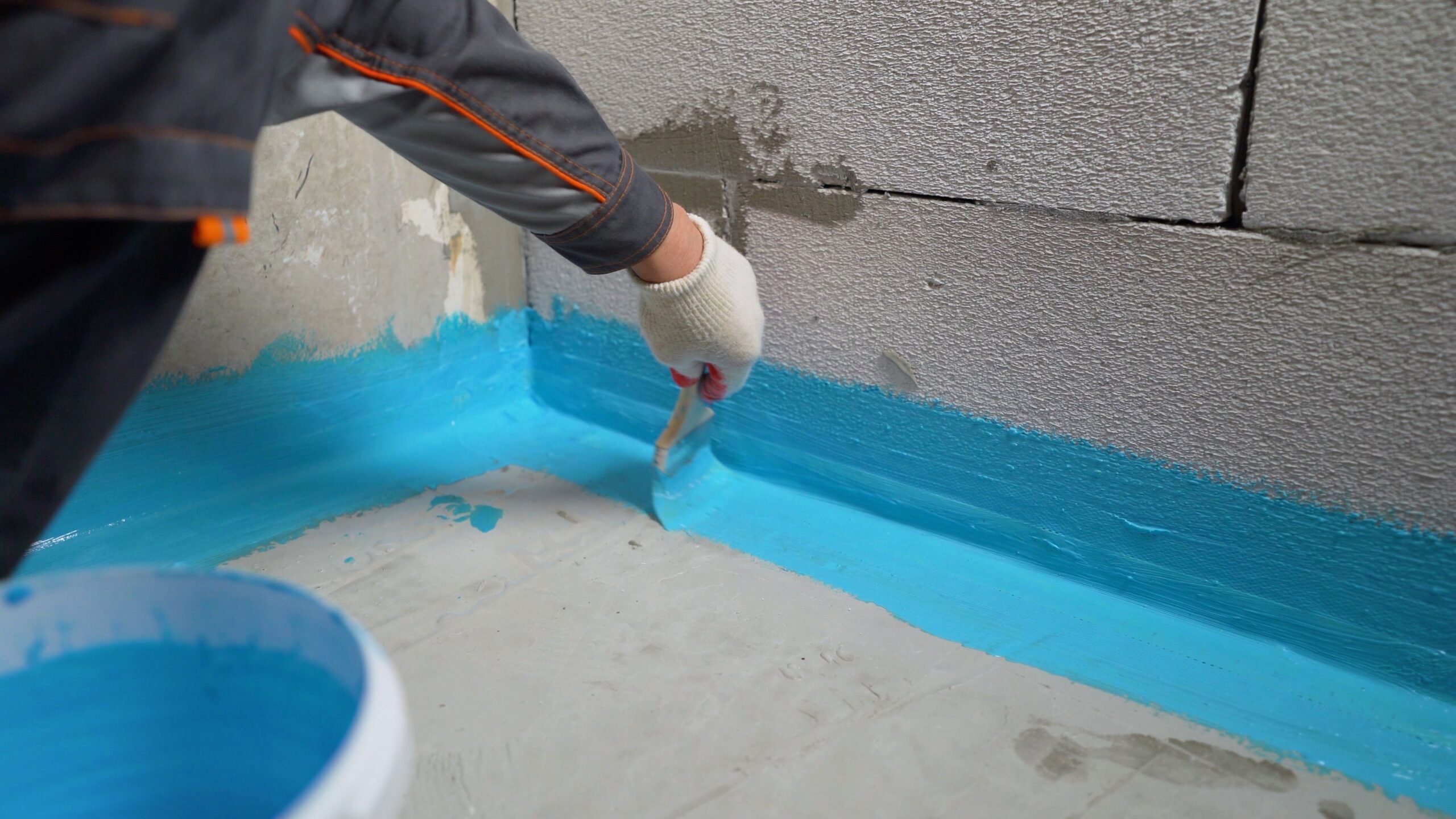
When it comes to protecting your basement, weather damage is a significant concern. That’s why this list of things to do before finishing your basement includes a focus on installing backup waterproofing systems.
In addition to installing extra drainage, you can apply a waterproof sealant or paint to the basement walls and floor.
Alternatively, consider having professionals provide basement encapsulation. This involves installing thick plastic sheeting that completely surrounds the interior of your basement. The encapsulation keeps rainwater and soil moisture from accessing your basement.
While similar to a vapor barrier, encapsulation seals the entire area with a thicker barrier. A vapor barrier is thinner and typically covers the soil surface without protecting the walls and other basement features.
6. Make a Plan for Electrical and Plumbing Access
Even when planning a DIY renovation, certain aspects of the project require the skilled hands of professionals. Trying to run electrical wiring to your basement can lead to safety risks and inefficient energy waste.
Similarly, you’ll need an experienced plumber to install sinks, toilets, or any other plumbing features you’ll include in your design.
You’ll save time and money by working with skilled contractors from the beginning. Otherwise, you may make costly mistakes that require more supplies and labor to fix.
Professional contractors can help you create efficient plans for the installation of the equipment. They will make sure you have access to the utilities you need to fully enjoy your finished basement.
7. Set Up a Sump Pump if Needed
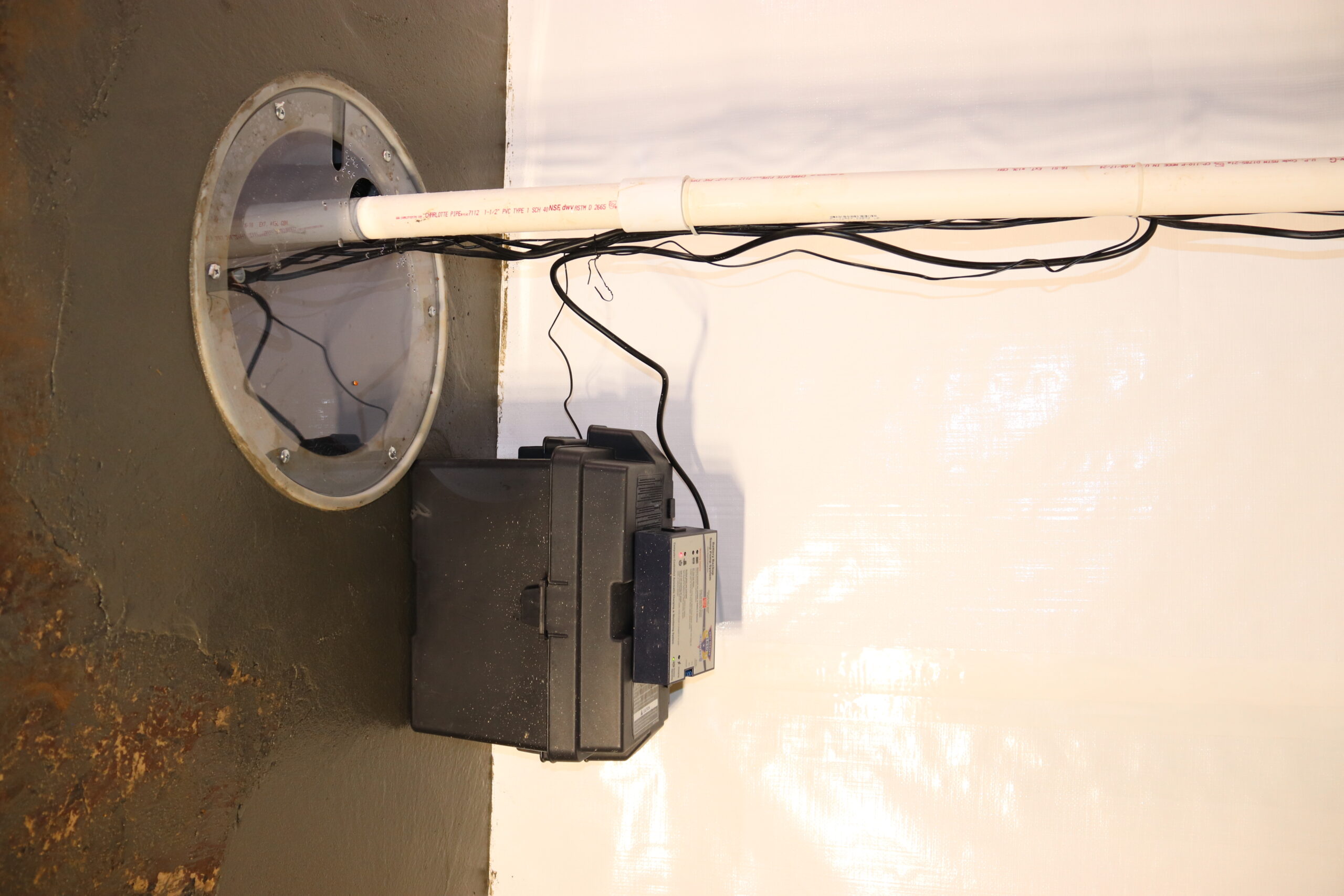
You’re almost ready to finish this list of 8 things to do before finishing your basement. It’s a good time to give one last thought to basement flooding. Since Indiana receives plenty of rain and snowfall throughout the year, soil moisture is a significant concern.
This is one reason to consider installing a sump pump with a backup battery.
You should also consider installing a sump pump when there’s a history of basement flooding. Even when you take other steps to divert water away from the basement, having a sump pump in place will help you avoid emergency situations.
A sump pump gives you extra insurance against the flooding that might potentially damage your finished basement.
8. Have a Professional Sign Off on the Condition of Your Basement
The last step on our list of 8 things to do before finishing your basement involves working with a foundation repair specialist. This is the ideal time to schedule a formal foundation inspection. Otherwise, a foundation problem might involve tearing apart your finished basement.
You’ll save time and money when you schedule an inspection before moving forward with your project. If repairs or modifications are necessary, you might be able to incorporate the work into your project’s design.
Once finished, you’ll be able to enjoy the peace of mind that comes with knowing you anticipated every common basement foundation problem.
FAQs
Prep Your Basement in All the Right Ways With Help From Crossroads Foundation Repair
Crossroads Foundation Repair provides a wide range of services that include concrete leveling, basement waterproofing, and basement wall repairs. We can help you fix your foundation and repair basement issues before you move forward with your renovation.
Contact us to request your free evaluation today!

